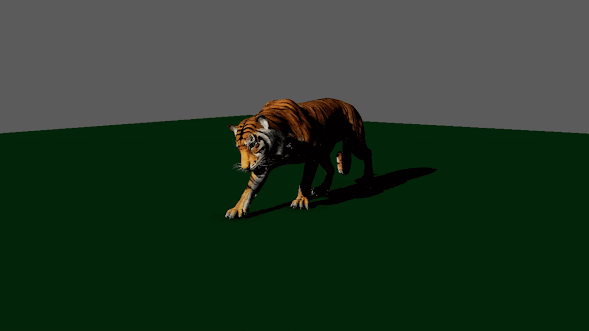This week I focused on creating a tiger walk cycle just from a video reference - without looking at the practice file or poses.
The first thing I needed to look at was what I can do with the rig so it stops breaking all the time, because as I have explained in the pervious post, I have had many issues with the tiger rig and animating with a rig that works like this, is almost impossible. I did a lot of troubleshooting and ended up changing the evaluation mode in Maya from Parallel to DG. This switch definitely helped with using the rig, as it stopped breaking, like it did before.
Then I looked at a video reference of a tiger walking:
To get a better idea of how which frame is which pose, I moved the video to SyncSketch and changed the framerate to 24fmp. Then I chose a snippet to base my animation off of and looped only that part in SyncSketch.
Then mostly working in side and perspective views I started animating the walk in Maya. I prefer to animate with reference over what I did last week, because now I felt like I have more freedom and my animation does not have to look exactly like the one in the practice folder.
While animating I needed to think a lot about how do the hips of an animal work while it walks. When do they turn and when do they walk up. With turning I have noticed that it is similar to how a human walks - the hips are turned away from the leg that is currently in front of the body.
I also needed to look at when the posture would go up and down. The hips and shoulders move up when the paw is touching the ground and is in the smallest proximity to the rest of the body. I illustrated it in this picture:
I ended up animating a walk cycle quite successfully, I personally still see room for improvement - I feel like the movement is very smooth and nice when the first paw is in front of the tiger, but the movement gets a lot snappier and faster on the other side, which in my opinion creates an inconsistency.
Here is the gif with the animation:


Komentarze
Prześlij komentarz